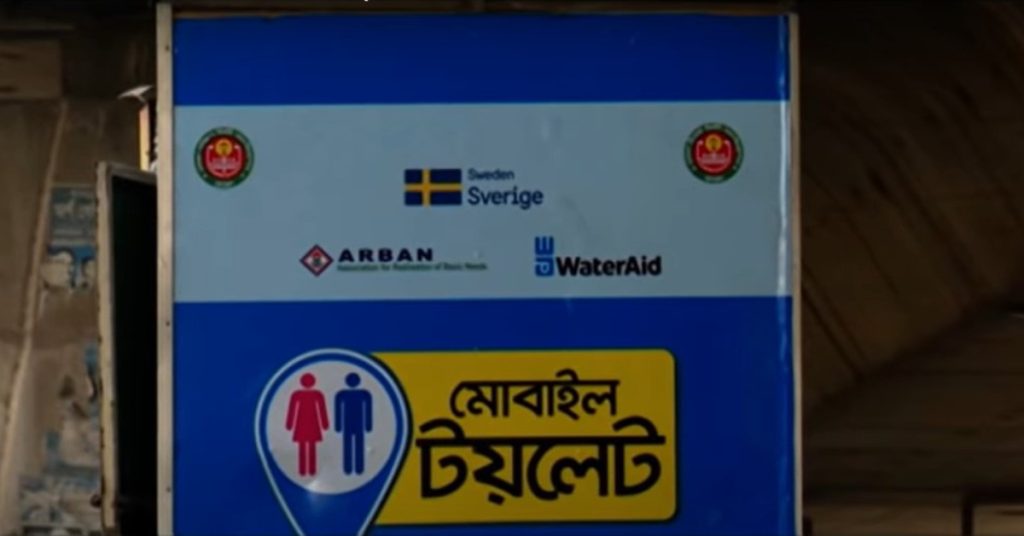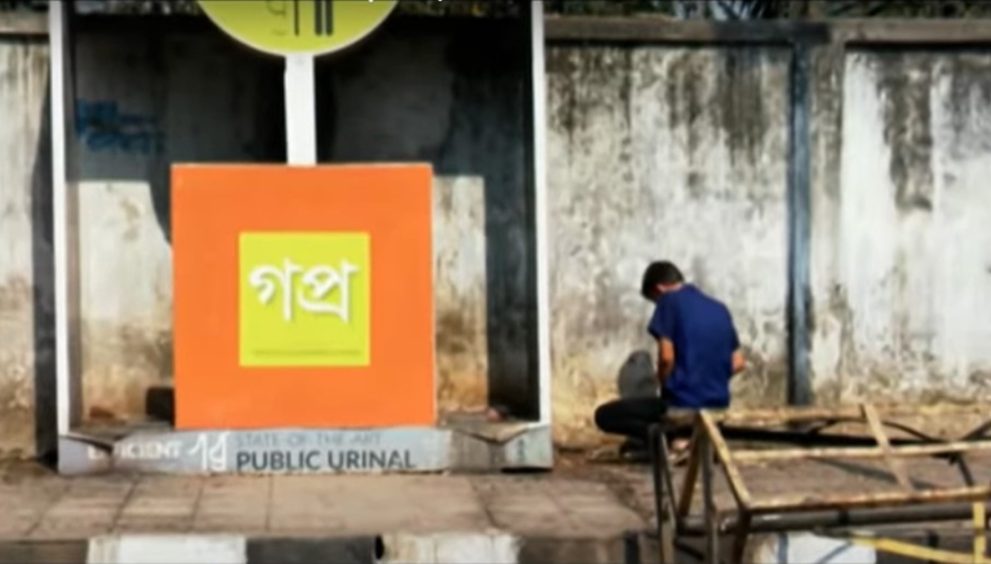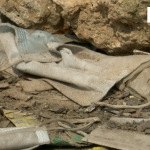The shortage of public toilets remains a major problem in the capital city of Dhaka, which is home to a population of over 20 million.
A recent study conducted by WaterAid revealed that in Dhaka, there are only 49 public toilets for the 50 million people who travel on the roads of Dhaka every day and most of them are unusable.
- There are 158 public toilets in the capital.
- Dhaka North City has 64 out of 67 toilets in use.
- Dhaka South City has 58 out of 91 toilets in use.
- Many public toilets are not constructed to meet the demand.
- Low-income individuals are often reluctant to pay for the use of these facilities.
Currently, under the purview of the two City Corporations of Dhaka, there are 158 public toilets, with only 122 of them operational. This falls significantly short of the necessary number, according to experts.
Additionally, the management of public toilets in Dhaka is outsourced to various NGOs and institutions. City dwellers are required to pay 5 to 10 takas for access to these facilities. However, this poses a problem for low-income individuals and the homeless, who may not be able to afford this expense.
Moreover, public toilets are conspicuously absent from vital areas of the capital such as bus stops, markets, parking lots, and other locations where they are needed the most. When public toilets are present, they are often unusable due to poor maintenance. This lack of accessible facilities is particularly concerning for women who may face danger while attempting to find a suitable toilet.
The scarcity of public toilets has compelled women to refrain from using the facilities for extended periods, even avoiding drinking water when they are out and about. This practice results in various physical health complications, affecting both men and women, including urinary tract infections, according to doctors.
To address this crisis, Dhaka North City Corporation recently built a toilet near Anand Cinema Hall at Farmgate, equipped with modern amenities and separate facilities for men and women. This facility can accommodate approximately 400 to 600 users daily.

For context, Dhaka North City Corporation (DNCC) has 67 public toilets in 54 wards, covering an area of 196.22 square kilometers, but several of these are non-functional. Dhaka South City Corporation (DSCC) has 91 public toilets in 75 wards, spanning an area of 109.25 square kilometers, with over 30 not in use.
The absence of public toilets in the key areas within the two city corporations are very normal scenario. As a result, residents resort to relieving themselves on the roadside, on sidewalks, behind trees, or in other public places. Most public toilets, when available, suffer from poor hygiene standards and are not designed to be accessible for women and disabled individuals.
WaterAid Bangladesh and ‘Bhoomi,’ a social impact organization, have taken steps to improve the situation by building and maintaining public toilets. However, the primary responsibility for constructing, renovating, maintaining, and managing public toilets in the capital rests with the two city corporations. Funding for these facilities may come from various sources, including the City Corporation’s own budget, development projects, domestic or international NGOs, Corporate Social Responsibility (CSR) funds, charitable organizations, legitimate businesses, or individuals.
Unfortunately, some public toilets in the southern city are handed over to tenants after construction, leading to additional charges for users. In the North City, various NGOs manage all 64 public toilets, also requiring payment.
In the budget for the financial year 2022-23, Dhaka North City Corporation allocated only Tk 1.50 crore for the construction, repair, and maintenance of public toilets, with no spending in the previous fiscal year. Conversely, Dhaka South City Corporation spent just Tk 45 lakh on public toilet construction in the prior year, with a budget of Tk 3 crore for the sector in 2022-23.
According to the city corporations, they attempt to build toilets based on demand, but land shortages in some areas hinder these efforts.


